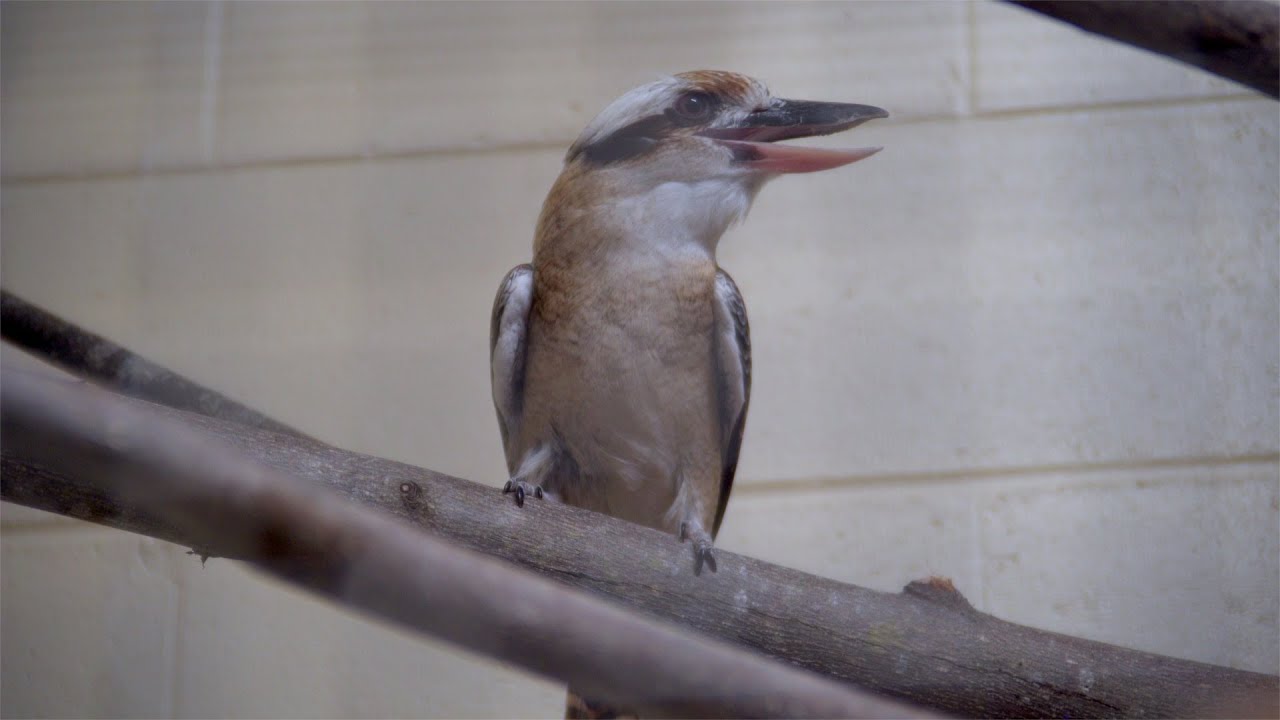Summary:
1. Introduction to the Laughing Kookaburra and its unique characteristics.
2. Burt’s first physical exam and the importance of veterinary care in zoos.
3. The construction of Burt’s new habitat and the importance of creating a suitable animal environment.
4. The conservation efforts for Laughing Kookaburras and the role of zoos in wildlife preservation.
5. The fascinating behaviors and adaptations of Laughing Kookaburras in the wild.
Welcome to the Greensboro Science Center! Today, we are thrilled to introduce you to our newest addition to the animal kingdom – the Laughing Kookaburra. This amazing bird brings joy and wonder to our zoo with its distinctive call that resembles human laughter.
Burt, our charming Laughing Kookaburra, recently underwent his first physical exam by our expert veterinary team. We must provide regular check-ups to our animal residents like we do for ourselves. This ensures their well-being and helps us identify potential health issues and provide timely treatments.
During Burt’s exam, our veterinarians assessed his overall health, checked for abnormalities, and evaluated his weight and body condition. These examinations are essential to our commitment to providing the best possible care for all our animals, ensuring they thrive in our care.
While Burt received his check-up, we were busy constructing his brand-new habitat. Creating suitable environments for animals is crucial to their physical and psychological well-being. Our responsibility is to ensure that our animal residents have spaces that replicate their natural habitats as closely as possible.
Burt’s new habitat includes a spacious aviary with plenty of perching options, branches, and natural foliage. We aim to stimulate his senses and provide an environment that encourages natural behaviors like flying and hunting. Seeing how animals thrive when allowed to express their instincts is fascinating.
At the Greensboro Science Center, we are passionate about conservation efforts. Laughing Kookaburras are native to Australia, and their population faces deforestation and habitat loss threats. By housing and caring for these incredible birds, we raise awareness about their plight and contribute to their preservation through breeding programs and educational initiatives.
Laughing Kookaburras are remarkable creatures with fascinating behaviors and adaptations. Besides their iconic call that echoes through the forests, they are also known for their cooperative hunting techniques. Kookaburras have a unique ability to perch quietly and observe their prey before swooping down with incredible accuracy. It’s truly a sight to behold!
These birds have also adapted to various environments, from woodlands to urban parks. Their sharp beaks and strong jaws allow them to feed on a diverse diet, including insects, small mammals, reptiles, and even other birds. This adaptability has been crucial to their survival and expansion into different territories.
As you can see, Burt and his fellow Laughing Kookaburras have many fascinating qualities that make them incredible creatures to observe. At the Greensboro Science Center, we are committed to providing a loving and nurturing home for all our animal residents, ensuring their welfare and inspiring visitors to appreciate the incredible diversity of wildlife.
So, the next time you visit our zoo, stop by and say hello to Burt. Watch him in his beautifully designed habitat, witness his physical agility, and hear that iconic laughter-like call. Join us in our efforts to protect and preserve these amazing creatures and the habitats they rely on. Together, we can make a difference in wildlife conservation and create a brighter future for all species, including the Laughing Kookaburra.
*****
Source Description
Join our VP of Animal Care & Welfare, Jessica Hoffman, as she discusses the newest addition to our collection of species, the Laughing kookaburra. Watch “Burt” get his first physical exam by our veterinary team and the construction of Burt’s new habitat.
http://greensboroscience.org


